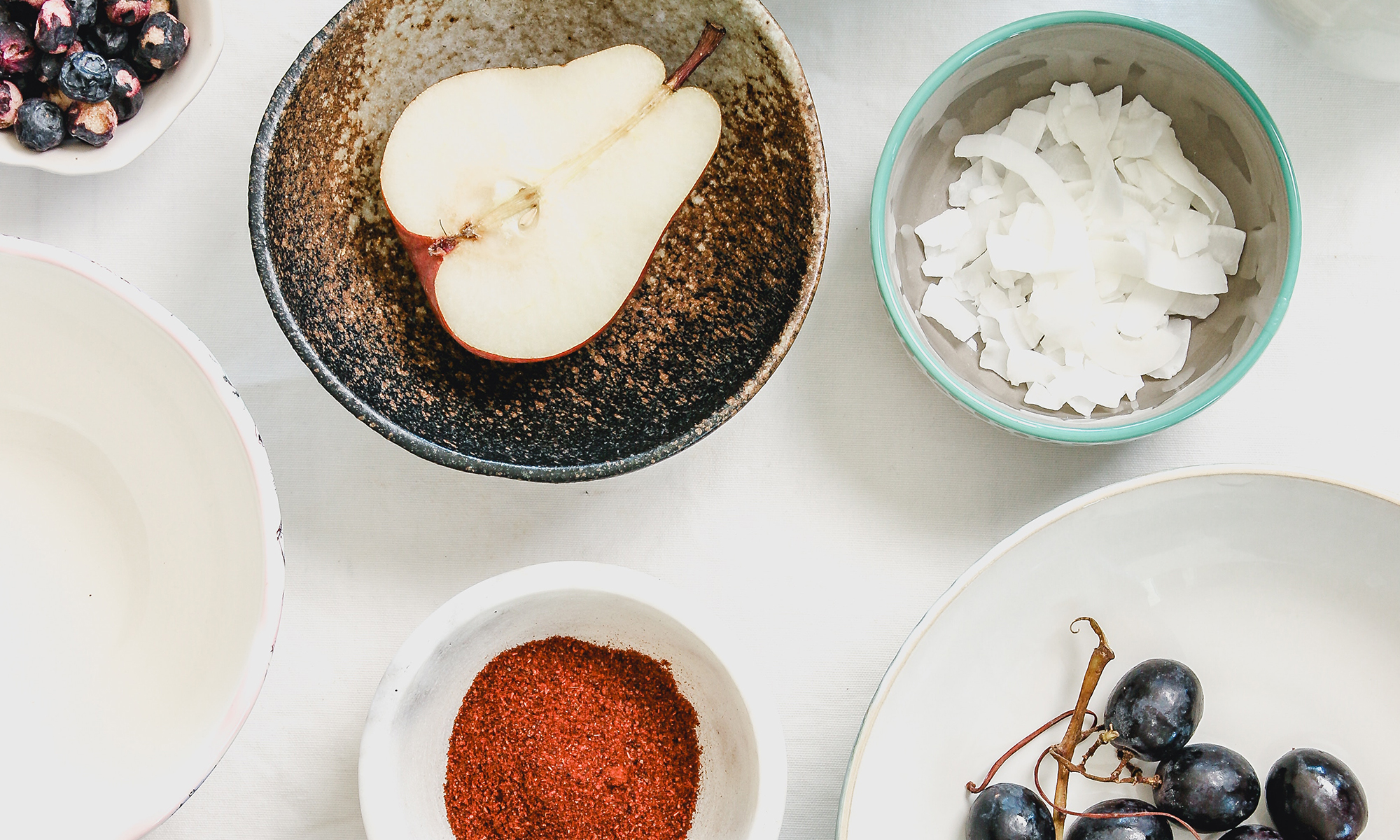(Chocolate Giveaway Winners: Judit U-M and Grace, Congratulations! You were randomly selected to win the chocolate sampler boxes from Equal Exchange. Please email your mailing address to julia [at] growcookeat [dot] com. And thanks to all for your great comments and supporting fair trade!)
Let’s face it: the best part of duck is the crispy skin. When done right, the skin crackles and the duck breast is still juicy and medium rare. And if you’re really good, you manage to render all the fat from under the skin without overcooking the meat.
I’m not that good. I’ve cooked hundreds of duck breasts, and I honestly don’t believe it’s possible to render all the fat out and still have a medium rare breast. I always start with cold meat and a cold pan. I score the skin as to better release the fat. I cook over low heat. I drain the excess fat as it pools in the bottom of the pan. But as soon as the meat starts to tighten in the pan, I know I'm well on my way to medium.
The solution: cook the breast and the skin separately! It’s easy enough to peel the skin off with a paring knife and small, gentle strokes along the membrane that attaches the skin to the meat. I slice the skin into thin strips; put them in a pan and into the oven at 325F. They take about 20 – 30 minutes to render all their fat… but it’s a good idea to check every 10 minutes and stir them around.
When they are golden brown, drain them on a paper towel and season with salt. There will be a lot of fat leftover in the bottom of the pan. Whatever you do, don’t pour it down the skin. I usually let the pan sit until the fat sets up and then pour it in the trash. This fat has a slightly burnt taste to it, so I don’t want to save it for confit.
You can cook the duck breast according to your favorite recipe. A personal favorite is this one from Thomas Keller. But since we’re in the height of autumn, I, instead, seasoned the breasts with a little allspice, in addition to the de rigueur salt and pepper, sautéed them in a pan for 7 minutes on each side and served them alongside butternut squash gnocchi. The duck cracklings were a wonderful textural contrast to the soft textures of the meat and dumplings. And for as much as I love my vegetables, you just don’t get that kind of crisp.
When I started out cooking this dinner, I had thought I would post about the gnocchi. But I couldn’t stop thinking about the duck cracklings. The Brussels sprouts are ready to be harvested, so I will make the gnocchi again to serve with them (and a little bacon). I will give you that recipe then… Stay tuned…
From the garden: sage leaves.


